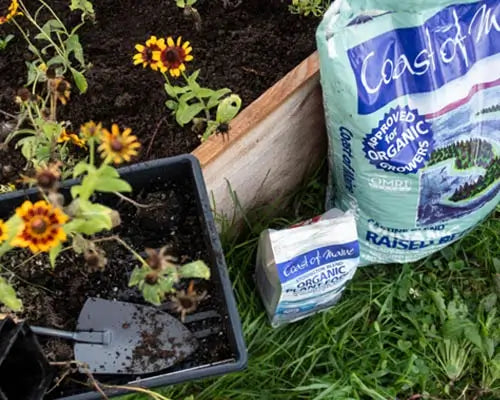Embarking on a regular maintenance routine for your garden tools is the key to ensuring their optimal performance and longevity. It's not just about sharpness – cleanliness and sterility play crucial roles. In this guide, we'll explore the steps to keep your tools in top condition, protecting both them and your garden from potential issues.
Daily Maintenance

To make your tools last, adhere to a simple daily maintenance routine. Follow these tips:
- Rinse digging tools with a garden hose and use a wire brush or putty knife to remove caked-on dirt.
- Scrub pruners, loppers, or shears with a nail brush and soapy water.
- If tools were exposed to diseased plants or pest-infected soil, soak them in a diluted solution of 2 cups household bleach mixed with 1 gallon of water. Rinse in plain water or wipe with rubbing alcohol.
- Always thoroughly dry your tools with a towel or rag.
- Use boiled linseed oil to condition wooden handles and protect metal working parts, creating a barrier against rust.
Bucket of Sand and Oil
Keep a bucket of damp sand mixed with plant-based oil (like boiled linseed oil) handy for metal digging tools. This quick clean helps protect the metal surface from rust and corrosion. Avoid petroleum products to prevent introducing them into your soil.
Disinfecting Wipes and Storage
For on-the-fly clean-ups, have disinfecting wipes handy. Proper storage in a dry, well-ventilated shed or garage is essential. Small hand tools can be stored plunged into a bucket of sand or pebbles, while larger tools should be hung or stored upside down to preserve their blades.
Removing Sap
Pruner blades clogged with sap can be challenging. Use solvents like mineral spirits or turpentine:
- Wipe blades with a cotton ball or cloth dipped in solvent.
- Clean blades with soapy water and treat with linseed oil afterward.
Preventing and Removing Rust

Dry tools thoroughly before storing and treat them with linseed or mineral oil. If rust appears:
- Soak in a 1:1 mixture of vinegar and water overnight.
- Scrub with steel wool in a circular motion.
- Rinse in soapy and plain water.
- Dry thoroughly and rub lightly with linseed or mineral oil.
Seasonal Tool Care
Apart from daily maintenance, pruners, loppers, or shears need additional care:
- Take them apart and deep clean at least once each season.
- Wash parts separately in soapy water.
- Soak in vinegar and water, scrub with steel wool, rinse, and dry.
- Soak in bleach and water to sanitize, rinse, and dry.
- Rub with boiled linseed oil and reassemble.
Keeping Tools Sharp

Maintain sharpness with specialized pruner-sharpening tools or a sharpening stone:
- Use a sharpening file or stone in the same direction across the blade.
- Smooth filed edges with a sharpening stone.
- Wear eye protection and gloves.
- Keep wood handles in check by wiping them down after each use, reinforcing minor cracks with heavy-duty tape, and periodically sanding and applying boiled linseed oil for conditioning.
By incorporating these practices into your routine, you'll not only extend the life of your garden tools but also ensure a thriving and disease-resistant garden.
Happy gardening!













